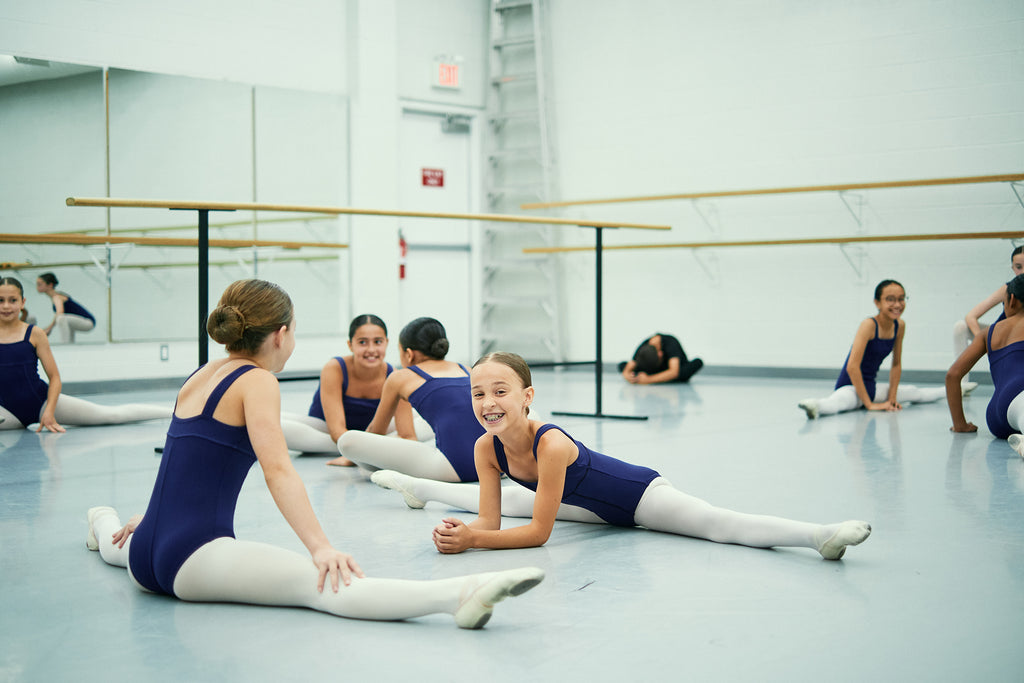Child and adolescent athletes are experiencing increased overuse injuries, overtraining and burnout. How can this be prevented in young dancers? In the article “Burnout in Dance: The Psychological Viewpoint” Dr. Koutedakis explains burnout in young dancers consists of complaints including reduced performance without medical reasons, constant fatigue and emotional and behavioral changes. Multiple sources report that consistent fatigue is the most common symptom of burnout in dancers.
What might cause burnout and how can dancers avoid these situations? Increased demands on dancers’ performance can lead to an imbalance between activity and recovery, as well as dancers being required to train year-round. During the dance season, the optimal time for muscles to recover (rest) and adapt (increase performance) is 12-24 hours. Therefore, dancer needs to rest for 12-24 hours between sessions dependant on the individual. Also, experts suggest that at least 3-5 weeks of rest at the end of a dance season can lead to an increase in dance related fitness and prevention of burnout.


Other techniques that can help a dancer to resist burnout include reducing stresses outside of dance through sufficient sleep and proper nutrition focusing on adequate calorie, vitamin and iron levels. Also, increasing the dancers’ fitness levels will help reduce the risk of burnout and injury. Unlike sport, dance classes focus on developing technique (skills) to create an efficiency of movement, but technique classes do not necessarily focus on increasing physical fitness levels. Therefore, dancers can benefit from cross training such as running and swimming, paying particular attention to increasing aerobic capacity, which generally is not achieved in dance training alone.
Parents and teachers can support dancers’ health and well being by remaining mindful of the dancers’ need to rest and recover. Dancers also need sufficient sleep, proper diet and adequate physical fitness levels for optimal performance without risk of burnout.


